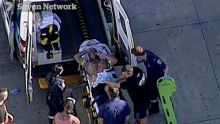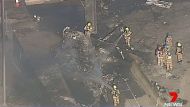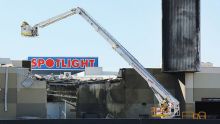Failures in both the engine and 'feathering' system, that pilots are not trained to deal with, may be behind Tuesday's fatal plane crash, experts say.
Investigators remain at Essendon Airport, sifting through pieces of wreckage from Tuesday's light plane crash that killed five, as they try to determine what went so fatally wrong.
More Victoria News Videos
Clues found in Essendon plane crash wreckage
Investigators have found "interesting facets" in the Essendon plane crash wreckage, with initial findings to be released within weeks. Vision courtesy Seven News.
But experts say several crucial clues may point to a failure of the feathering system on the Beechcraft King Air.
A remarkably similar fatal crash in 2001, referenced by air crash investigators at a press conference on Wednesday, involved another King Air whose engine failed. Its propeller did not feather, and it drifted to the left before crashing.
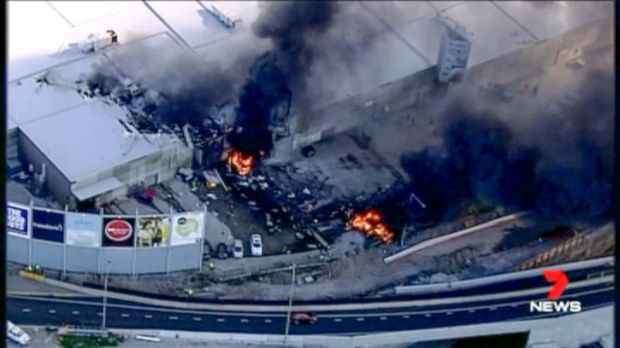
Tuesday's doomed flight left the runway just before 9am. It rose 30 metres, called in two urgent maydays, veered gently to the left and crashed only a few hundred metres from its takeoff point.
The leftward drift may indicate a failure of both the engine and the plane's feathering system, said CQUniversity associate professor Geoff Dell. Mr Dell is a former air safety investigator and now teaches accident investigation.
Police said on Tuesday "catastrophic engine failure" may have contributed to the crash. Modern aircraft are designed to still take off safely even if one engine fails – but not if both the engine and feathering system fail at the same time.
The feathering system detects engine failure and automatically streamlines the blade position for minimal drag, allowing the plane to continue to fly with one engine.
If the feathering system fails, "then you're in really deep poo", Mr Dell said.
"If it does not feather it's creating a huge amount of drag. In that circumstance, it's difficult, almost impossible to fly. The aeroplane will turn toward the dead engine, the one that's generating the drag. So you get this big turn toward the left."
Pilots do not train for such a scenario because failures of both engine and feathering are considered so unlikely, Mr Dell said.
But a poorly maintained engine might lead to one system failing and damaging the other, he said. "Then the odds are less long that you're going to come to grief."
Aviation consultant and managing director at Aerospace Developments Peter Marosszéky said if he was the Australian Transport Safety Bureau he "would certainly be looking" at a feathering failure.
"It's a very unusual event for this type of engine and this type of airplane. These systems are very well proven and reliable. Something does not smell right.
"I suspect very strongly that, if in fact there was an auto-feathering feature, it did not happen."
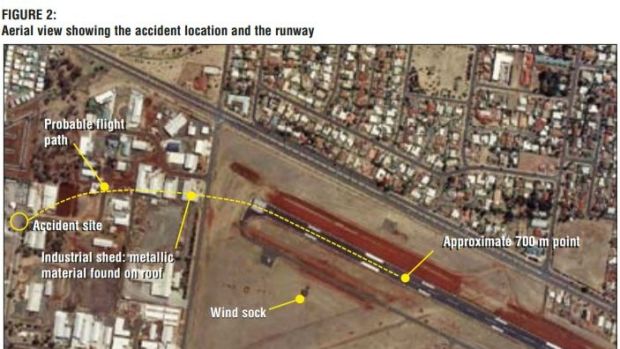
The flight path of the 2001 crash, showing the veer toward the left. Image from an ATSB report
At a press conference on Wednesday the man in charge of the investigation, ATSB chief commissioner Greg Hood, was giving very little away.
But when asked about other accidents involving the King Air, the airframe involved in yesterday's disaster, Mr Hood said "Toowoomba comes to mind".
In that incident, in 2001 in Toowoomba, a Beech King Air C90 suffered left-engine failure on takeoff. It veered gently left, lost altitude and crashed about 560 metres beyond the end of the runway, killing all on board.
An ATSB investigation of that incident revealed the aircraft's left propeller did not feather, creating significant drag that may have contributed to the crash.

Australian Licensed Aircraft Engineers Association president Paul Cousins suspects the Beechcraft suffered an "uncontained engine failure", which likely led to debris hitting other vital parts of the plane.
"The aircraft should have had enough power to get out on one engine," he said.
"It would lead us to see this as an uncontained failure, and that there was serious damage to flight control surfaces, and that [the pilot] was unable to recover."
